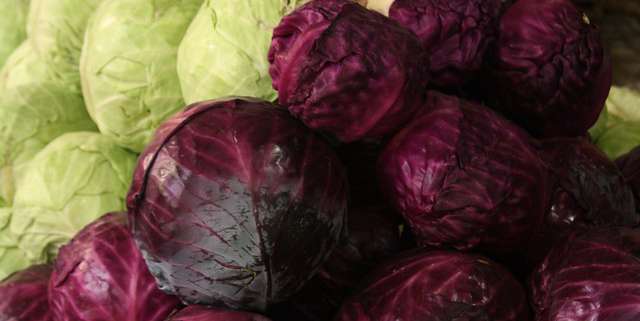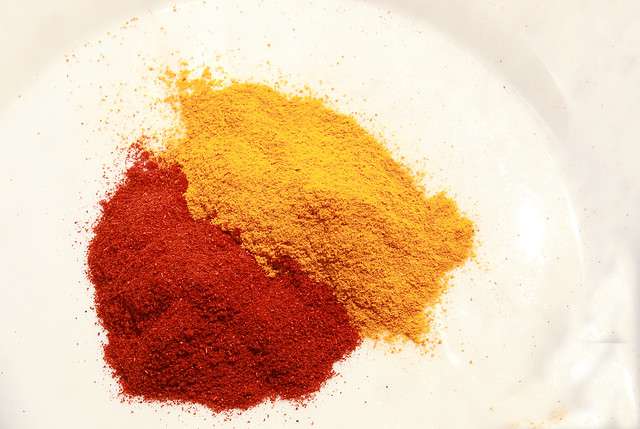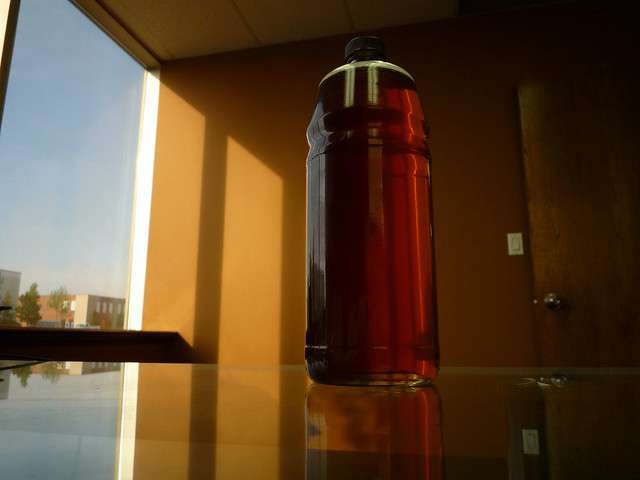
Natural food dyes, such as those found in red cabbage, are becoming more popular in a culture where natural food choices are top priority. Color measurement tools help food producers develop the same level of color intensity using these natural alternatives. Image Source: Flickr user Blondinrikard Fröberg
Studies show that color is the number one factor that influences consumer choice. Color intensity often refers to the brightness and visibility of a product, and when it comes to food, color can greatly influence both taste perception and acceptability. Some of the most important ingredients in many food products are color additives. The color intensity of these food additives can make an immeasurable difference in the overall appearance of food and often dictates the consumers’ choice and acceptance of a food product.
Color additives have taken a lot of heat over the past several years, with scrutiny regarding the derived nature of these products. Natural food color additives are now beginning to replace synthetic food dyes as a more natural approach begins to influence the market. Measuring color intensity of these natural additives is imperative in creating the same results, consistently and accurately every time. Spectrophotometers provide the ability to accurately measure color intensity and quantify this information for repeatability. Using the latest technology ensures that food products maintain the same color intensity that the consumer has come to expect, without the use of synthetic dyes.



